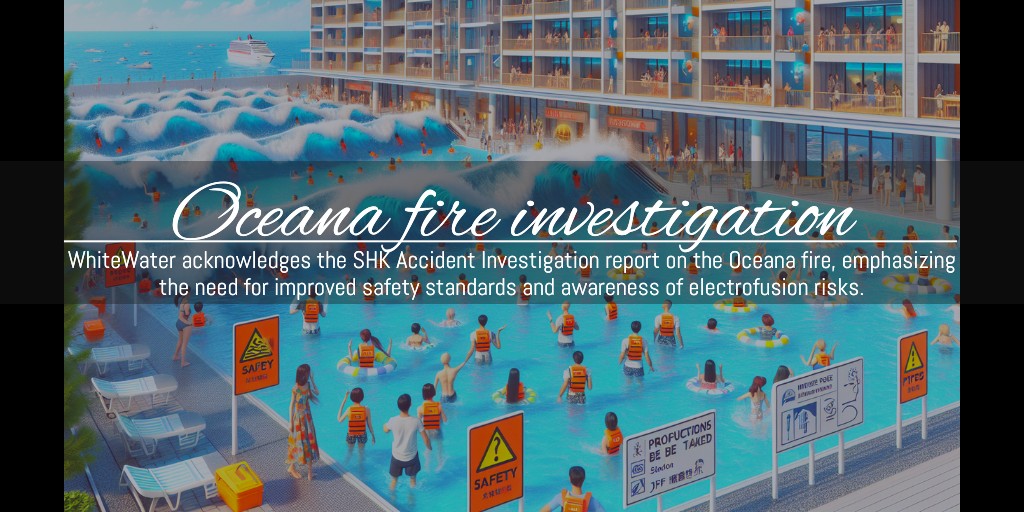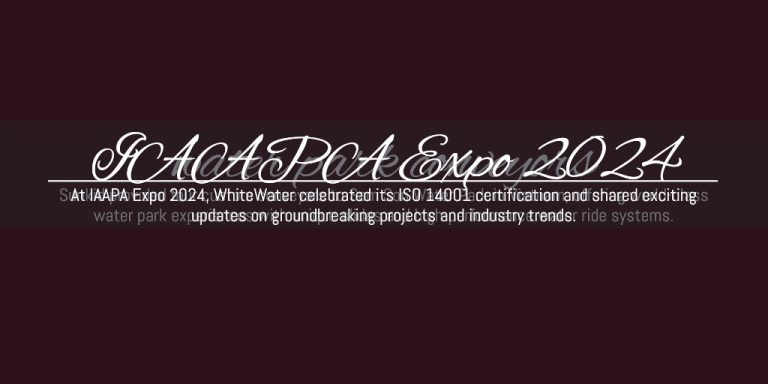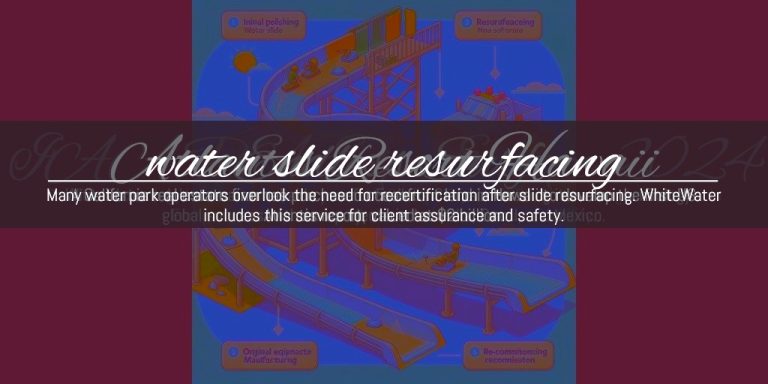WhiteWater’s Response to SHK Accident Investigation Report on Oceana Fire
Vancouver, BC – We will thoroughly review the SHK Accident Investigation report regarding the tragic Oceana fire investigation and the recommendations proposed. This report aims to clarify the events that transpired, uncover the reasons behind them, and determine how to prevent similar incidents in the future, a process that WhiteWater fully endorses. It is important to note that SHK is not addressing the issue of liability, which is currently under investigation by prosecutors, and as that investigation is still ongoing, we will refrain from commenting on it.
WhiteWater has been instrumental in constructing some of the most iconic water parks globally, and in our 45 years of experience with thousands of projects, we have never encountered a tragic accident like the Oceana fire investigation. Regrettably, a significant portion of the site was destroyed, meaning some details will remain unknown due to the loss of key data. However, the draft report indicates that the most likely cause of the fire was the electrofusion process carried out by subcontractors to connect water pipes beneath the Rattler slide.
Understanding the Construction Process
The report highlights that a construction site of this magnitude operates with numerous specialist contractors present, and WhiteWater typically does not engage in the installation of any piping. However, the plumbing contractor KPT opted not to assemble the pipes at height; instead, they performed the welding of the pipes on the ground to prepare the pre-assemblies. Subsequently, subcontractors installed the pre-assembled pipes at height, exclusively using the electrofusion method.
Training and Safety Measures
The installation team had completed the necessary training organised by Liseberg and conducted by KPT, as required. They were utilising authorised safety equipment and operated the electrofusion machine as supplied by another of Liseberg’s subcontractors, following the automatic preset and scanning the QR code on the pipe collars.
As the largest supplier of water and amusement rides worldwide, WhiteWater possesses extensive knowledge of reinforced fiberglass but does not employ electrofusion welding. We had never encountered this type of issue on sites where our products have been installed. WhiteWater was unaware of the fire risks associated with electrofusion, which were not identified in the operational risk assessments conducted on-site. These fire risks were generally unknown among the contractors present or within the industry as a whole.
“What is crucial is that the construction industry worldwide learns from what has been discovered here and that we share these findings,” stated Onno Meeter, President of WhiteWater. WhiteWater is now proactively informing our customers and those involved at sites about the risks of hot work in close proximity to our slides, communicating this information wherever possible to safeguard others from this newly identified risk.
The primary focus of this report is to enhance safety standards, and WhiteWater advocates for the industry to reconsider the classification of electrofusion as hot work and to adapt standards to reflect this globally. Mr. Meeter concludes, “none of us knew these risks; now we are aware that things need to change.”






